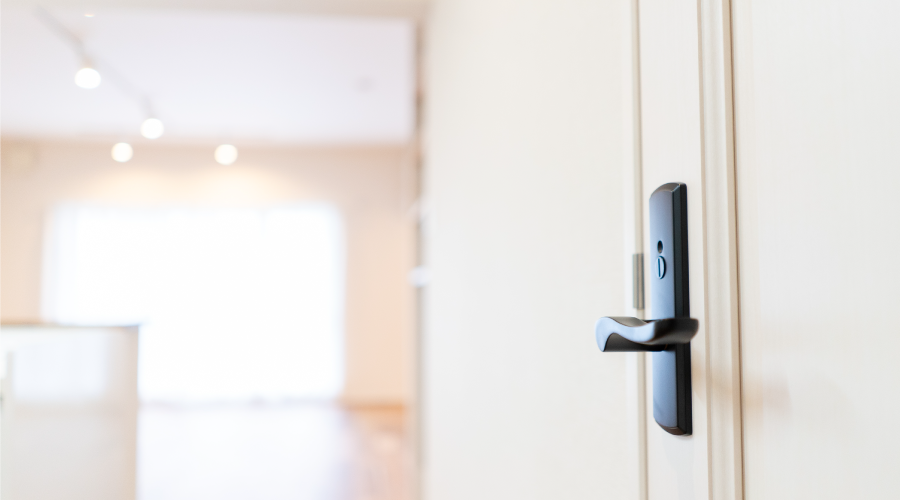Door Hardware: Technician Training Critical with Advanced Technology
Training for front-line technicians is essential for the success of new-generation door hardware because technicians are the first to see and hear about the system's problems, and they are the first responders to these problems. When managers provide training for technicians, security professionals and locksmiths, they get a double payback — a better-prepared frontline and a group of trainers ready to educate others about security, access control, and maintenance.
Managers have a number of key considerations when it comes to selecting training related to door hardware. The training should:
- Ensure a proper mix of both mechanical and electrical skills for the system.
- Cover inspection of all points of entry for proper operation. This element is critical because the goal is to catch problems when they start to prevent damage to the hardware or the door itself. For example, if a door sticks, occupants and visitors might start kicking it to enter, causing further misalignment and major damage.
- Discuss trouble-shooting. For example, when a door slams shut, technicians should check the way the closer is adjusted to resume proper operation. If the hydraulic fluid is low, no amount of adjustment will help.
- Offer guidance on proper installation of hardware. Whether in-house technicians or a contractor performs this task, in-house staff should know proper technique so they can tell if the installation is correct.
- Review routine maintenance requirements. Issues here include battery checks, normal battery-life expectancy, hinge care, exit- and closer-device care, lock maintenance, latch maintenance and adjustment, and electrical testing.
- Discuss problems with user set-up related to a PIN, magnetic card, or proximity card, as well as signs of problems, such as the card lock not responding. This problem could be the result of attempted entry at the wrong time or the wrong access time range on the card and has nothing to do with the lock.
- Equipment manufacturers and vendors have central roles in training technicians. Some of these companies have been in business for decades, know the issues and are familiar with the most beneficial applications of new technology.
They also have first-rate training facilities, including instructors with many years of experience and labs set up with an array of products to allow students hands-on practice installing and maintaining actual entry-system hardware; video training to show techniques for installing and maintaining mechanical and electrical products; and answers to frequently asked questions frontline technicians will face.
Related Topics:














